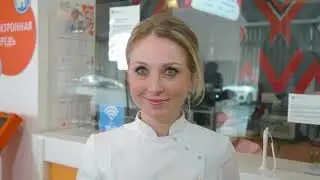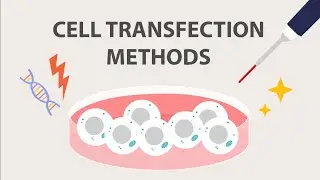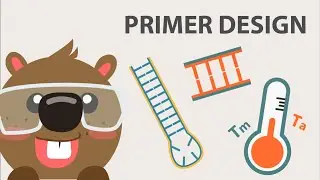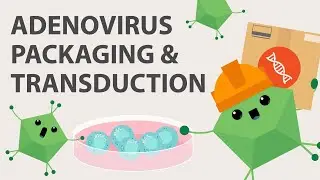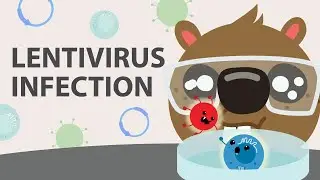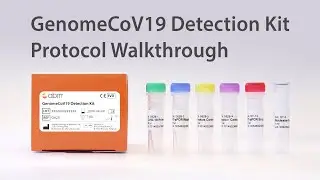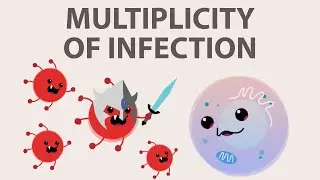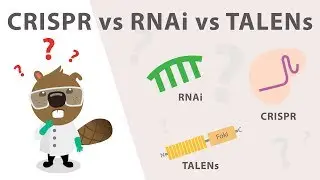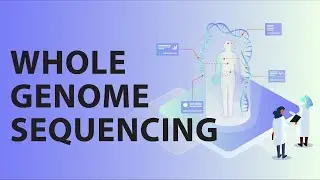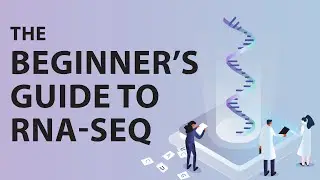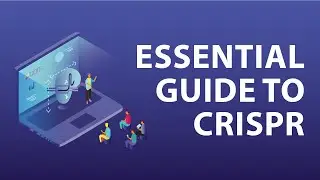Gene Silencing Methods: CRISPR vs TALENs vs. RNAi
Although the CRISPR system originated in bacteria, it is more commonly used to edit eukaryotic genomes rather than bacterial genomes. This is because most bacteria are unable to effectively repair double-stranded DNA breaks created by Cas9. Scientists have therefore developed a method that combines both recombineering technology and CRISPR Cas9 to allow us to be able to edit bacterial genomes!
To demonstrate how this can be done, we use the CRISPR Cas9 system to knockout the chloramphenicol resistance casette (CAT) gene in E. coli (previously introduced into the genome at the yeeR locus). This process involved:
1. designing and delivering sgRNAs against the target site,
2. designing and delivering a repair template,
3. delivering phage-derived (lambda red) recombinases alongside Cas9 to enhance homologous recombination in bacteria.
E. coli transformants were screened for sensitivity to chloramphenicol. The knockout was then verified using a restriction enzyme digest method and confirmed via Sanger sequencing.
We hope this video can help you in designing your own bacterial knockout experiment! Please feel free to leave your questions in the comments and we'll be happy to answer them!
Read other case studies using CRISPR Cas9:
➜ https://info.abmgood.com/crispr-cas9-...
Learn more about how abm's suite of CRISPR Cas9 tools can assist you in your gene editing projects:
➜ https://www.abmgood.com/CRISPR-Cas9-s...
Want more tips, tricks, guides, and protocols on how to knockout a gene using CRISPR? Join our free, 4-week #CRISPRCrashCourse: http://info.abmgood.com/crispr-crash-...
Read our complete Bacterial CRISPR Knockout Case Study here:
➜ https://hubs.ly/H0bWBK20
For a list of theoretical and practical CRISPR resources:
➜ https://info.abmgood.com/crispr-cas9
*NEW -This E. coli CRISPR Knockout experiment is now available as a teaching kit! Contact us for more information on how you can do CRISPR in the classroom.
Connect with us on our social media pages to stay up to date with the latest scientific discoveries:
➜ Facebook: https://goo.gl/hc9KrG
➜ Twitter: https://goo.gl/gGGtT9
➜ LinkedIn: https://goo.gl/kSmbht
➜ Google+: https://goo.gl/5bRNwC





